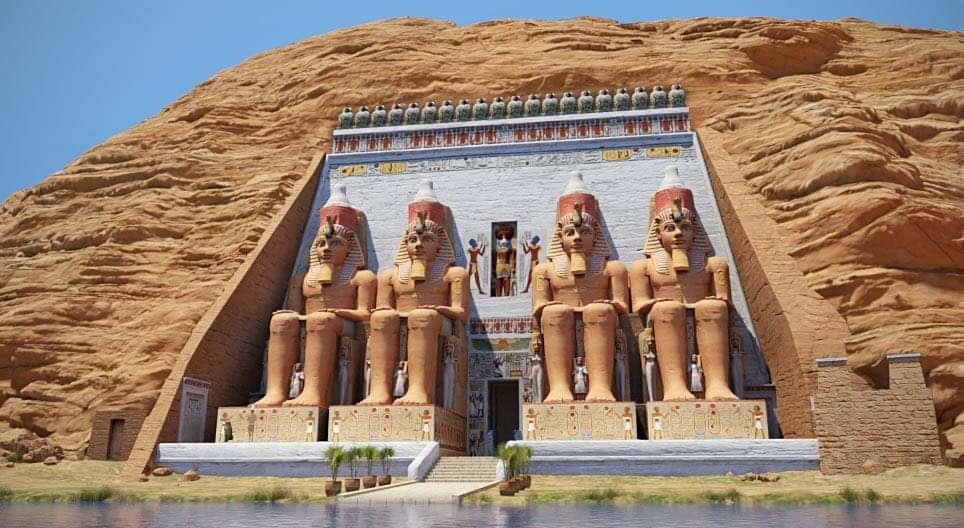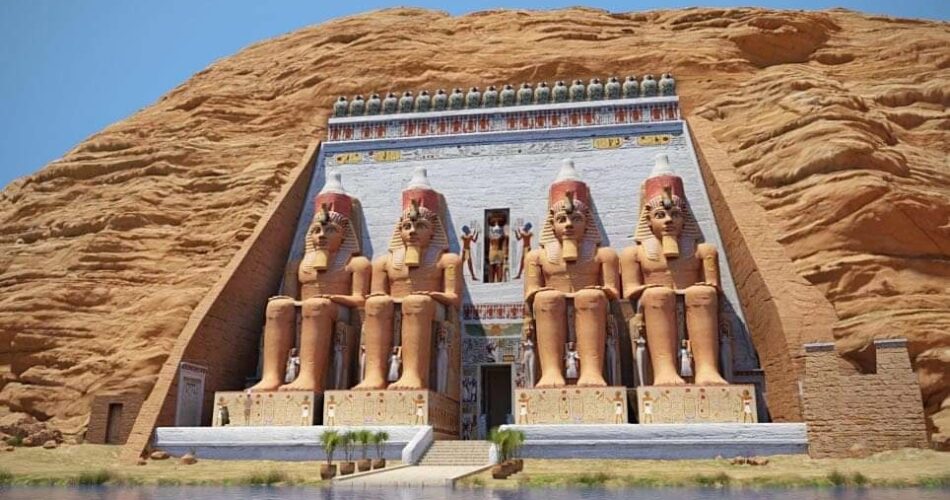The historic landmarks of Egypt tell the story of a land once home to one of the most iconic civilisations of the ancient world: the ancient Egyptians. Whether it’s the famed silhouette of the Pyramids of Giza or the allure of the Valley of the Kings, these great wonders continue to draw tourists from around the world in the thousands.
Luxor Temple
The Luxor Temple in the city of Luxor, Egypt was once a sacred temple built in honour of the deity Amun. Constructed in the 14th century BC by Amenhotep III, the ninth pharaoh of the Eighteenth Dynasty, the Luxor Temple was part of the Ancient Egyptian city of Thebes. The Romans constructed a military fort around the temple that the Arabs later called Al Uqsur, which was later corrupted to give modern Luxor its name.

Dendera
The Dendera complex lies approximately 50 miles north of Luxor and on the west bank of the Nile. It contains some of the best preserved and most accessible ancient Egyptian ruins to be found in Egypt, including temples, tombs, and even a Christian chapel.
As well as the Temple of Hathor, other notable areas at Dendera include both Egyptian- and Roman-era birth houses, a chapel dedicated to the Egyptian deity Isis, the gateways of Domitian and Trajan and a late-Roman Empire period Christian basilica.
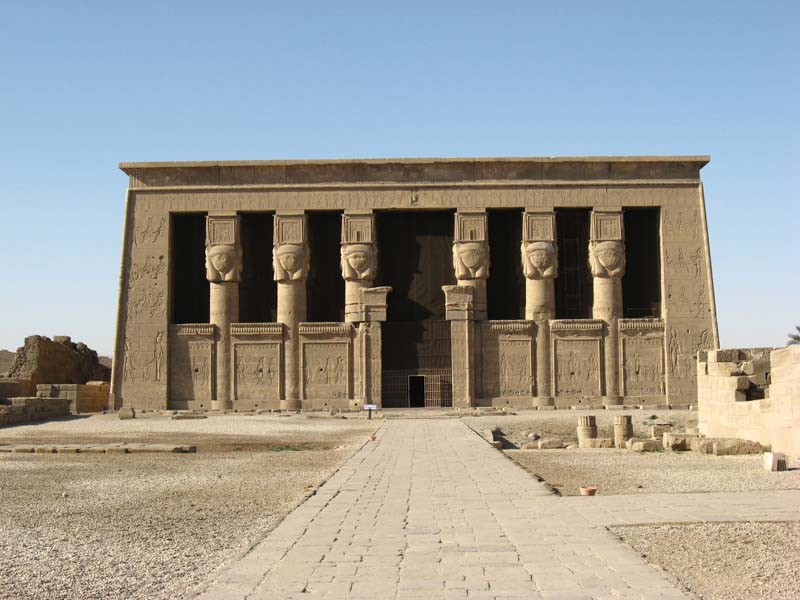
Giza
Giza or ‘Al Giza’ is undoubtedly a tourist hotspot in Egypt and the site of some of Ancient Egypt’s most famous landmarks, most notably, the famous Pyramids of Giza. Amongst the pyramid complex may be found the pyramids of Pharaohs Khufu, Khafra and Menkaure. The largest pyramid in Giza – and the world! – belongs to the second king of the Fourth Dynasty, Khufu or “Cheop”.
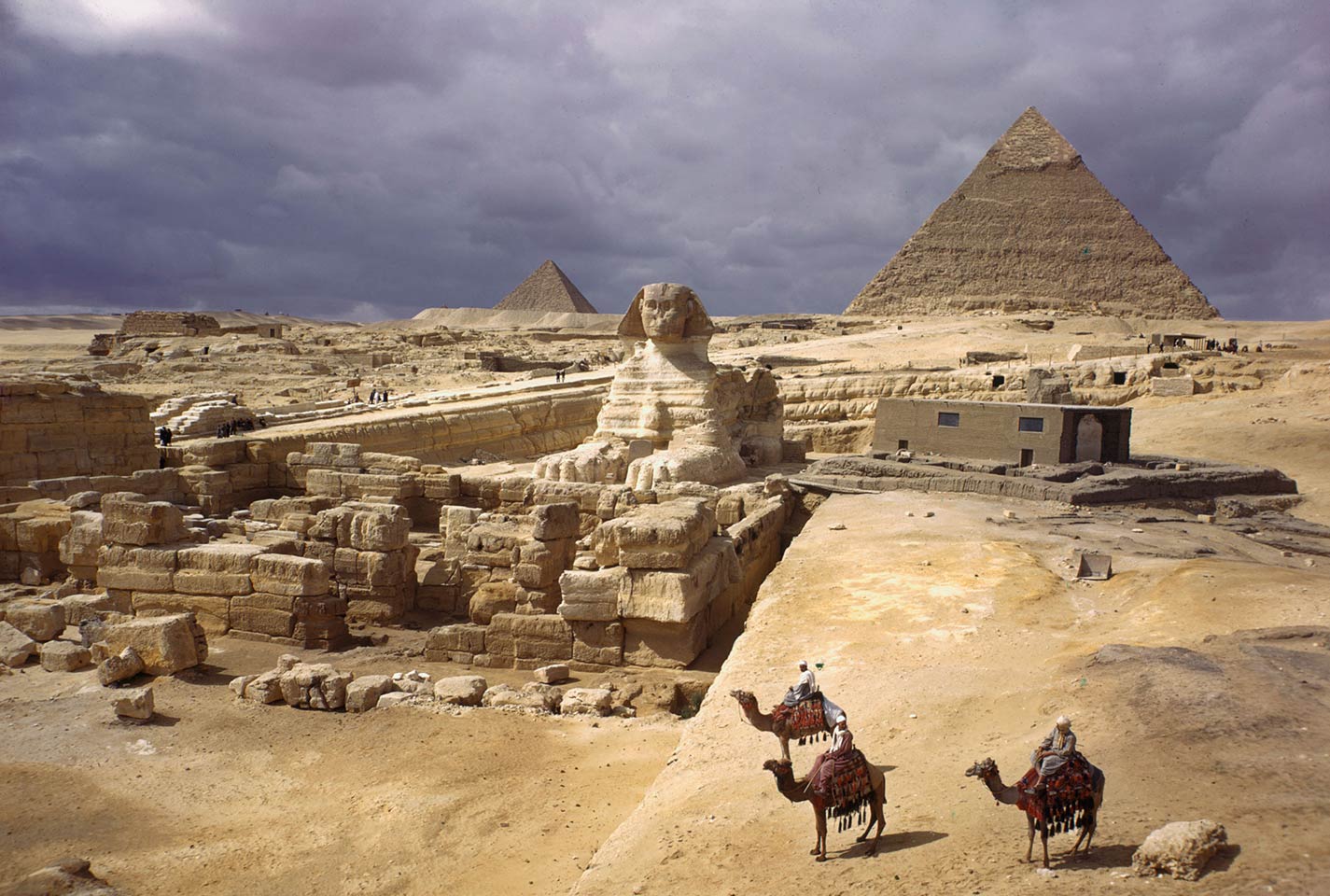
Valley of the Kings
The Valley of the Kings in Luxor, Egypt, was once part of the Ancient Egyptian city of Thebes. From the Eighteenth Dynasty to the Twentieth, the pharaohs of Egypt were buried in the Valley of the Kings, which is also known as the Valley of the Gates of the Kings. Today, visitors flock to see the myriad of ancient tombs cut into the limestone of the Valley of the Kings, which are mostly contained in its eastern valley.
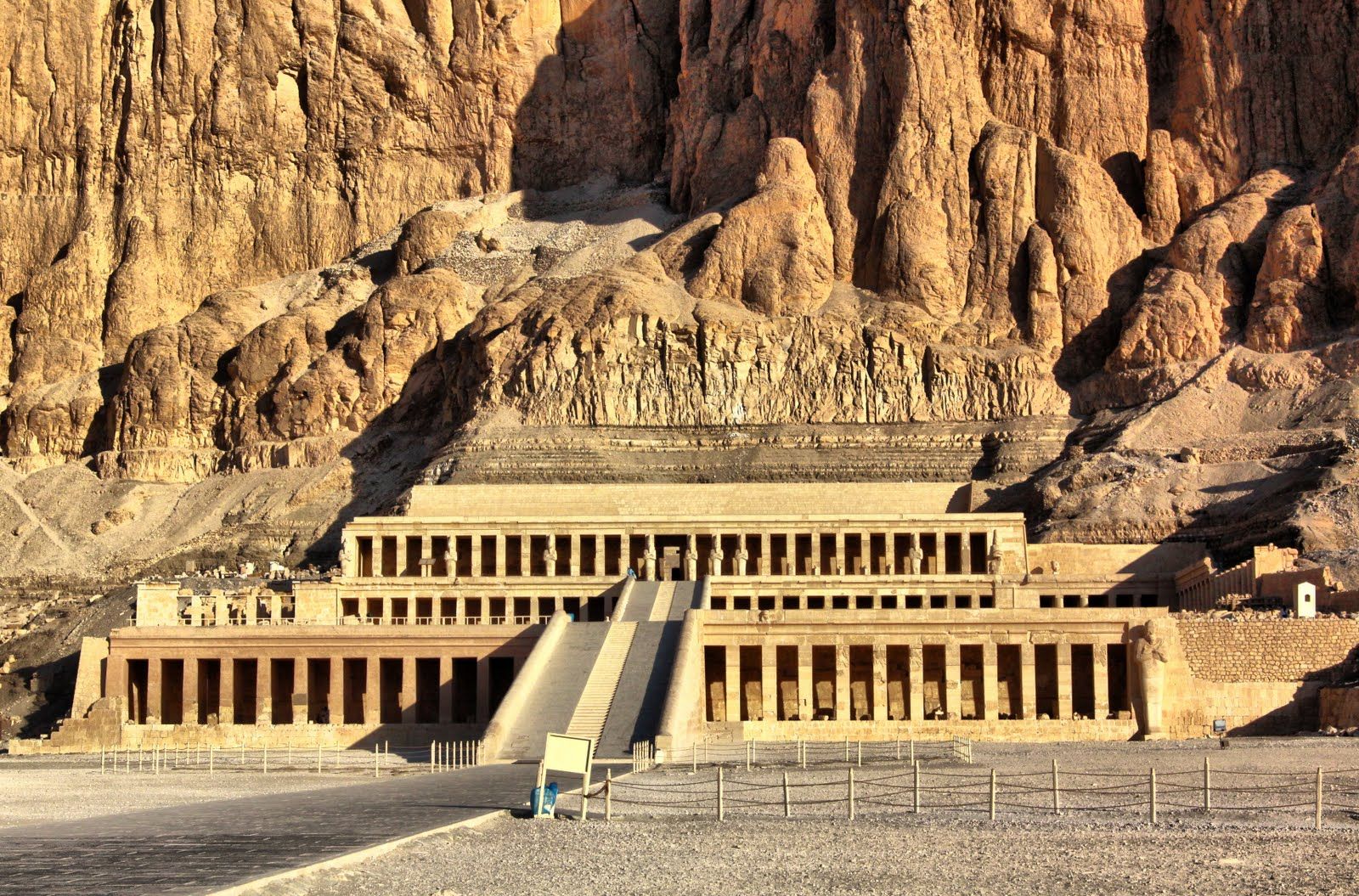
Underground Library of Alexandria
The underground library of Alexandria, found underneath the ruins of the Serapeum, consists of a series of subterranean tunnels and storerooms where it is believed part of the collection of the Great Library of Alexandria was stored. Today visitors can explore these underground chambers and see the niches in the walls where the documents were stored.
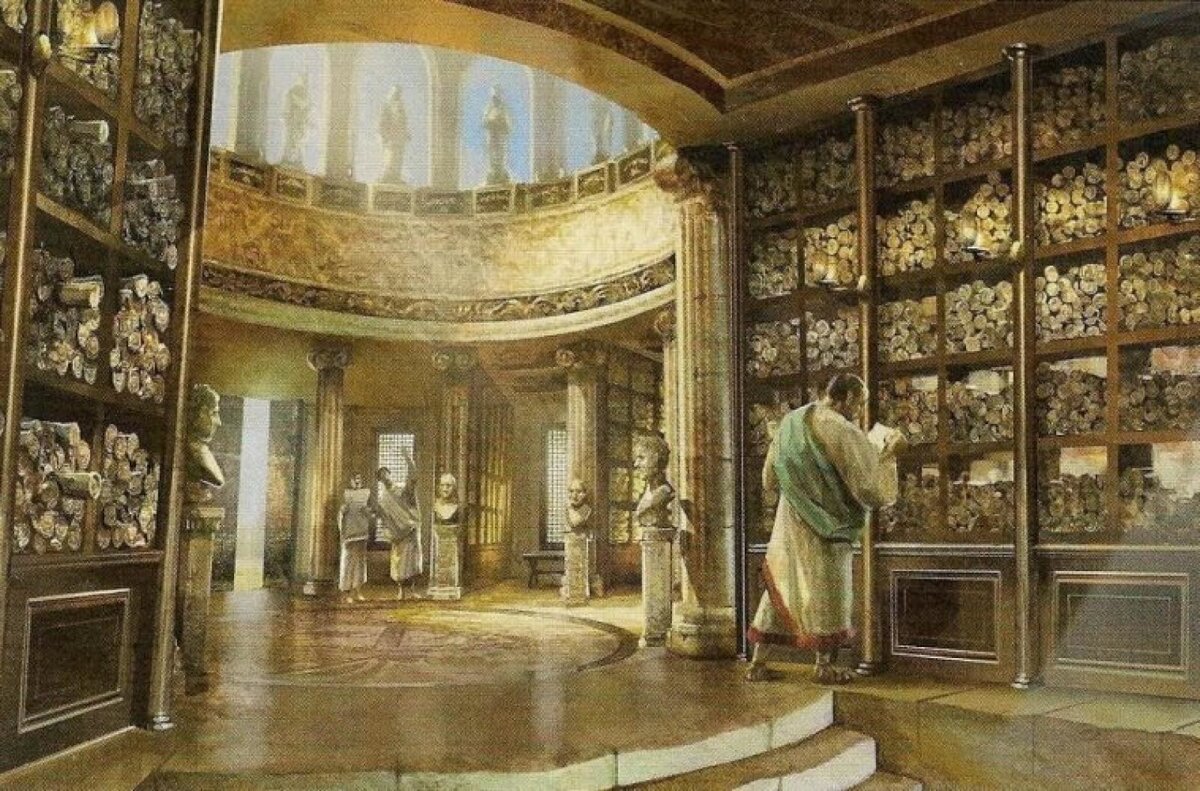
Abu Simbel
Abu Simbel is an archaeological site in Egypt housing a series of incredible Ancient Egyptian monuments, especially a number of rock temples. The most famous sites at Abu Simbel are the two Temples of Ramesses II. Known as Ramesses the Great (sometimes spelt Ramses), Ramesses II is one of the most famous Egyptian pharaohs and formed part of the Nineteenth Dynasty.
